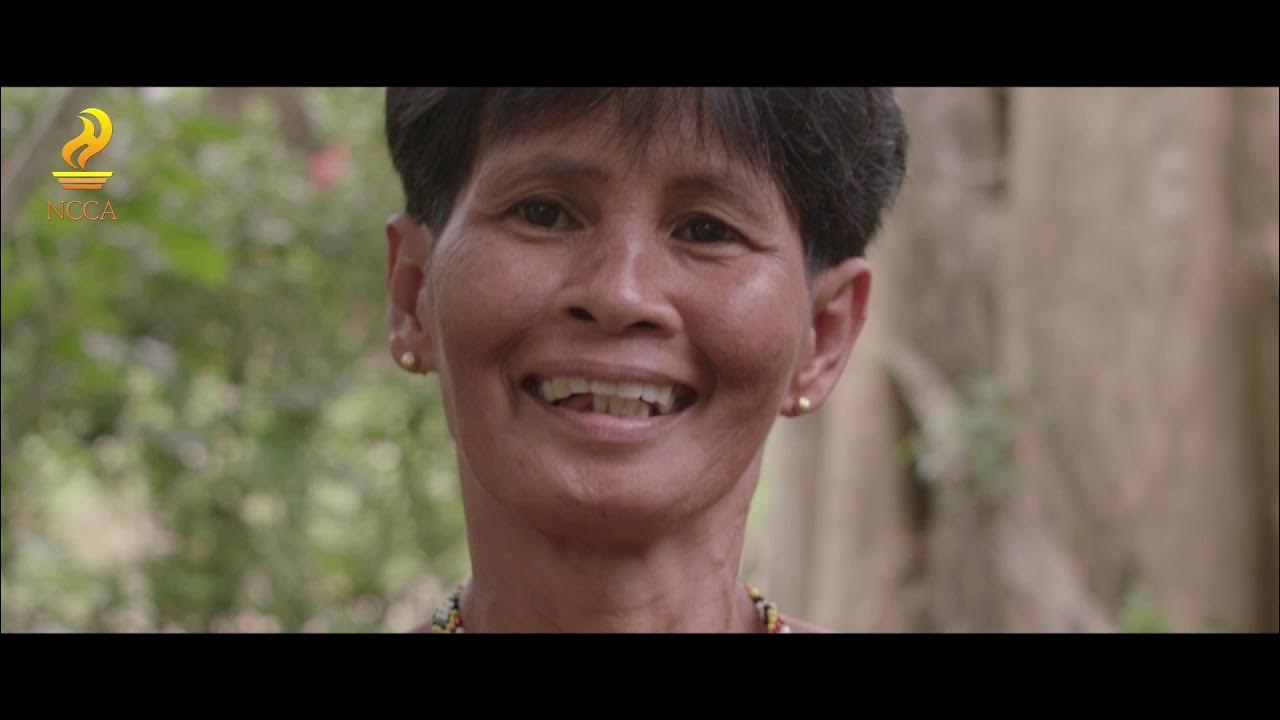Indigenous Art in Canada | National Geographic
Summary
TLDRThis video script explores the deep connection between indigenous people, their culture, and the land. It highlights the significance of art—whether painting, sculpture, or song—as a way of telling stories passed down through generations. The speaker reflects on their ancestors' resilience and how art serves as both a medium of expression and a way to preserve heritage. With a focus on the diverse indigenous communities in Quebec, the narrative emphasizes the importance of storytelling in maintaining cultural identity and bridging generations, all while encouraging travel to connect with people, land, and history.
Takeaways
- 😀 Traveling through indigenous lands allows one to experience the art, which is deeply connected to the land and its stories.
- 😀 Indigenous art, whether it’s painting, sculpture, or song, represents a unique and personal story of the people.
- 😀 The land and the art are inseparable; the art is a direct reflection of the land and vice versa.
- 😀 The connection to the land is passed down through generations, linking the present to the past.
- 😀 Indigenous peoples have been creating art and stories for thousands of years, preserving their culture and heritage.
- 😀 In Quebec, there are 55 communities and 11 nations, each with its own practices, languages, and relationship to the land.
- 😀 Being indigenous is not a singular identity but a rich, diverse set of practices and beliefs shaped by various nations and communities.
- 😀 Personal connections to the land and culture are integral to maintaining the identity of indigenous people.
- 😀 Sacred teachings, legends, and stories are embedded in indigenous artwork, preserving them for future generations.
- 😀 The younger generation plays a crucial role in ensuring that indigenous culture and identity are not lost, and stories continue to be shared.
- 😀 Traveling through indigenous territories is about connecting with the people, experiencing their stories, and engaging with the land.
Q & A
What does the speaker mean when they say 'The art is the land, and the land is the art'?
-This statement reflects the deep connection between indigenous culture and the land. The speaker is emphasizing that the land itself is not just a physical space but a medium of expression, and the art created by indigenous people reflects their relationship with and understanding of the land.
How does the speaker describe the role of art in indigenous culture?
-Art is portrayed as a vital form of storytelling. Whether it's through painting, sculpture, or music, each piece of art embodies a narrative that shares the history, identity, and culture of indigenous people.
What significance does the speaker place on their ancestors and the connection to the land?
-The speaker underscores the importance of their ancestors' connection to the land, suggesting that this bond has been passed down through generations. The land is a fundamental part of their identity and heritage, influencing their daily lives and cultural practices.
What is the importance of sharing stories in indigenous culture, according to the speaker?
-Sharing stories is essential for preserving culture and identity. The speaker believes that through storytelling, whether through art or oral traditions, the culture remains alive and is passed on to future generations.
What does the speaker mean by 'I just wanted to connect back'?
-The speaker expresses a desire to reconnect with their cultural roots, particularly through the creation of art that reflects their heritage. This connection is not just personal but also a way to preserve and share indigenous teachings and traditions.
How does the speaker relate their art to teachings from their grandmother?
-The speaker integrates sacred teachings from their grandmother into their sculptures, reflecting the importance of family wisdom and traditions. This connection to elders' teachings highlights the continuity of cultural practices across generations.
Why is the younger generation mentioned in the speaker's reflection on culture?
-The speaker is concerned about the potential loss of culture and identity among younger generations. They emphasize the importance of maintaining cultural practices and passing down stories to ensure that indigenous heritage is not forgotten.
How does the speaker describe the relationship between indigenous communities in Quebec?
-The speaker mentions that Quebec is home to 55 communities, belonging to 11 distinct nations, each with unique practices, languages, and relationships to the land. This highlights the diversity within indigenous cultures and the complexity of indigenous identity.
What does the speaker mean by 'Stories need to be told, and if one can pick it up, then the culture lives'?
-This statement emphasizes the idea that storytelling is essential for the survival of culture. If the younger generations or outsiders can learn and understand these stories, the culture and its values continue to thrive.
How does the concept of 'traveling' relate to the indigenous experience described by the speaker?
-The speaker connects 'traveling' not just to physical movement but to experiencing indigenous culture through its people, stories, and land. Traveling is an immersive way to understand and connect with the heritage and worldview of indigenous communities.
Outlines

此内容仅限付费用户访问。 请升级后访问。
立即升级Mindmap

此内容仅限付费用户访问。 请升级后访问。
立即升级Keywords

此内容仅限付费用户访问。 请升级后访问。
立即升级Highlights

此内容仅限付费用户访问。 请升级后访问。
立即升级Transcripts

此内容仅限付费用户访问。 请升级后访问。
立即升级5.0 / 5 (0 votes)






